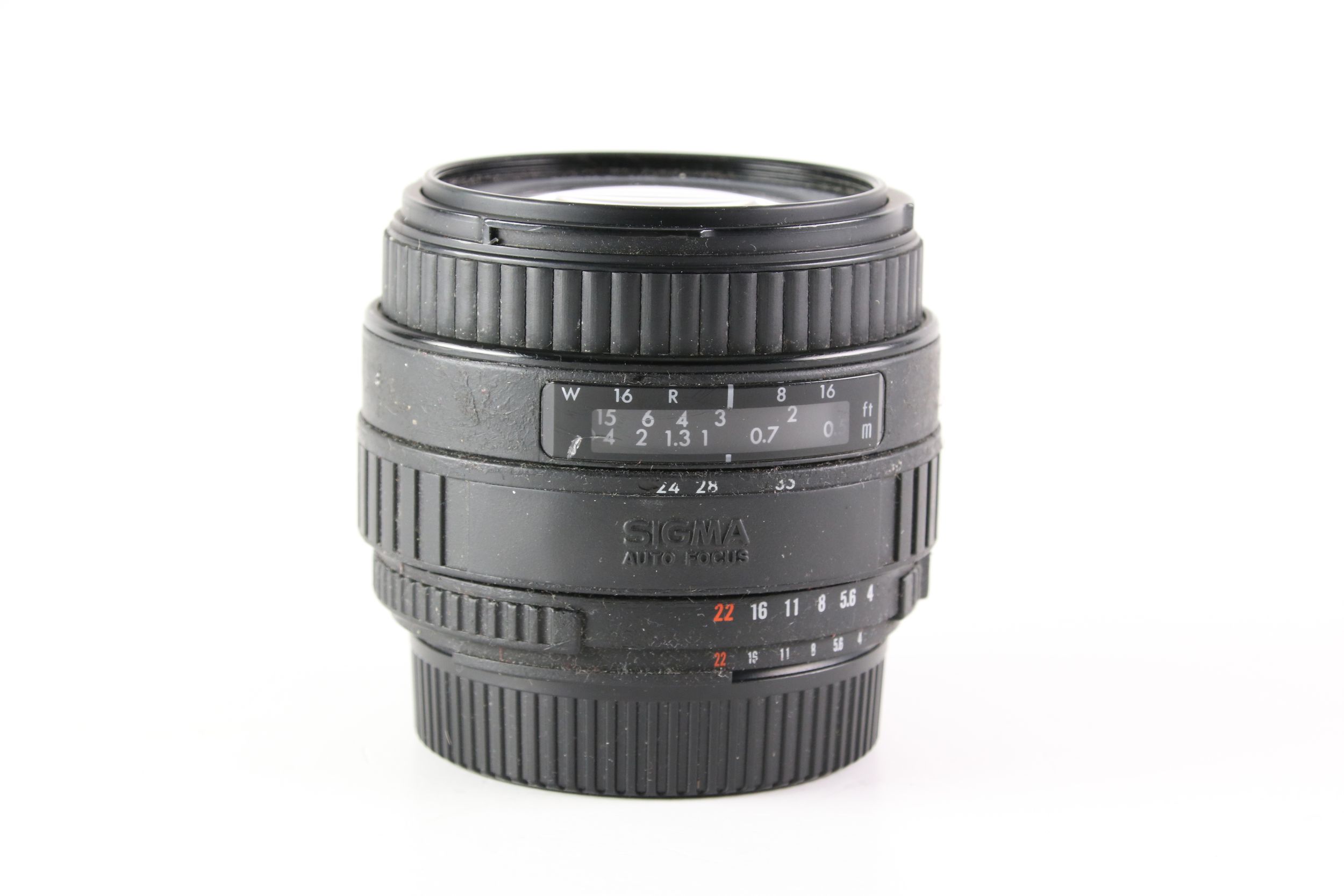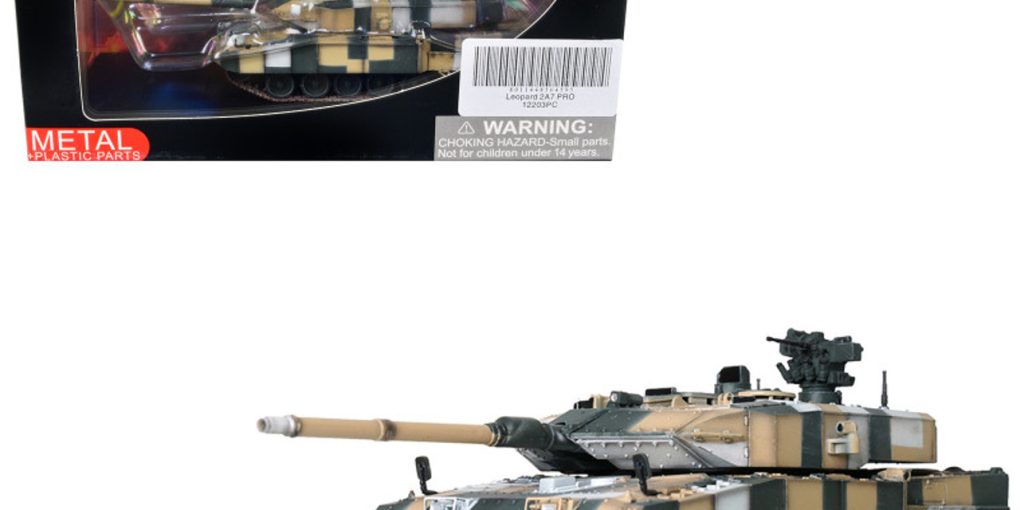S5 Pro Vs D300: Battle of the Titans
The S5 Pro offers a higher resolution and improved low-light performance compared to the D300. The S5 Pro features a 12.34 MP sensor, while the D300 offers 12.3 MP giving a slight edge to the S5 Pro in terms of resolution.
Additionally, the S5 Pro’s extended ISO range allows for better performance in low-light conditions, making it a strong choice for photographers looking to capture high-quality images in challenging settings. On the other hand, the D300 is known for its robust build and advanced autofocus system, appealing to photographers who prioritize durability and speed.
When deciding between the two, considering your specific shooting needs will help determine which camera is the better fit for you.

Credit: www.ebay.com

Credit: www.ebay.com
Table of Contents
- Frequently Asked Questions Of S5 Pro Vs D300
- What Are The Key Features Of The S5 Pro And D300 Cameras?
- Which Camera Is Better For Portrait Photography, The S5 Pro Or D300?
- How Do The S5 Pro And D300 Handle Low-light Situations?
- Does The S5 Pro Or D300 Offer Better Autofocus Performance?
- Conclusion
- CallofPhotography
Frequently Asked Questions Of S5 Pro Vs D300
What Are The Key Features Of The S5 Pro And D300 Cameras?
The S5 Pro offers enhanced image quality with its 60MP sensor and advanced autofocus system, while the D300 boasts excellent low-light performance and fast continuous shooting. Both cameras offer 4K video recording capabilities and a range of customizable settings to suit any photography style.
Which Camera Is Better For Portrait Photography, The S5 Pro Or D300?
For portrait photography, the S5 Pro is the better choice due to its high-resolution sensor and advanced image processing capabilities. It delivers stunning detail and color accuracy, making it ideal for capturing the subtleties of human expressions. The D300 is also capable of producing great portrait shots, but the S5 Pro takes it to the next level.
How Do The S5 Pro And D300 Handle Low-light Situations?
Both the S5 Pro and D300 perform well in low-light conditions, thanks to their high ISO sensitivity and superior noise reduction capabilities. However, the D300 has the edge with its larger pixels and wider dynamic range, allowing for cleaner images in challenging lighting situations.
Does The S5 Pro Or D300 Offer Better Autofocus Performance?
In terms of autofocus performance, the S5 Pro and D300 are quite impressive. The S5 Pro utilizes an advanced hybrid autofocus system that combines phase detection and contrast detection for fast and accurate focusing. On the other hand, the D300 features a highly precise 51-point autofocus system, making it ideal for tracking subjects in fast-paced situations.
Conclusion
Both the S5 Pro and D300 are powerful cameras with their own unique features. The S5 Pro excels in low-light situations and offers impressive image stabilization, while the D300’s autofocus system and burst shooting capabilities make it a great choice for action photography.
Ultimately, your decision should be based on your specific needs and preferences. So, take the time to consider what features are most important to you and choose the camera that best fits your requirements.
I am a photography enthusiast turned blogger, sharing my passion and expertise on her blog, "CallofPhotography." Growing up surrounded by nature, I developed a love for capturing moments through my lens. After studying Fine Arts with a focus on photography, I launched my blog to share tutorials, gear reviews, and my own photographic work. Through engaging storytelling, I invites readers to join her visual journey, inspiring and empowering photographers of all levels worldwide.


